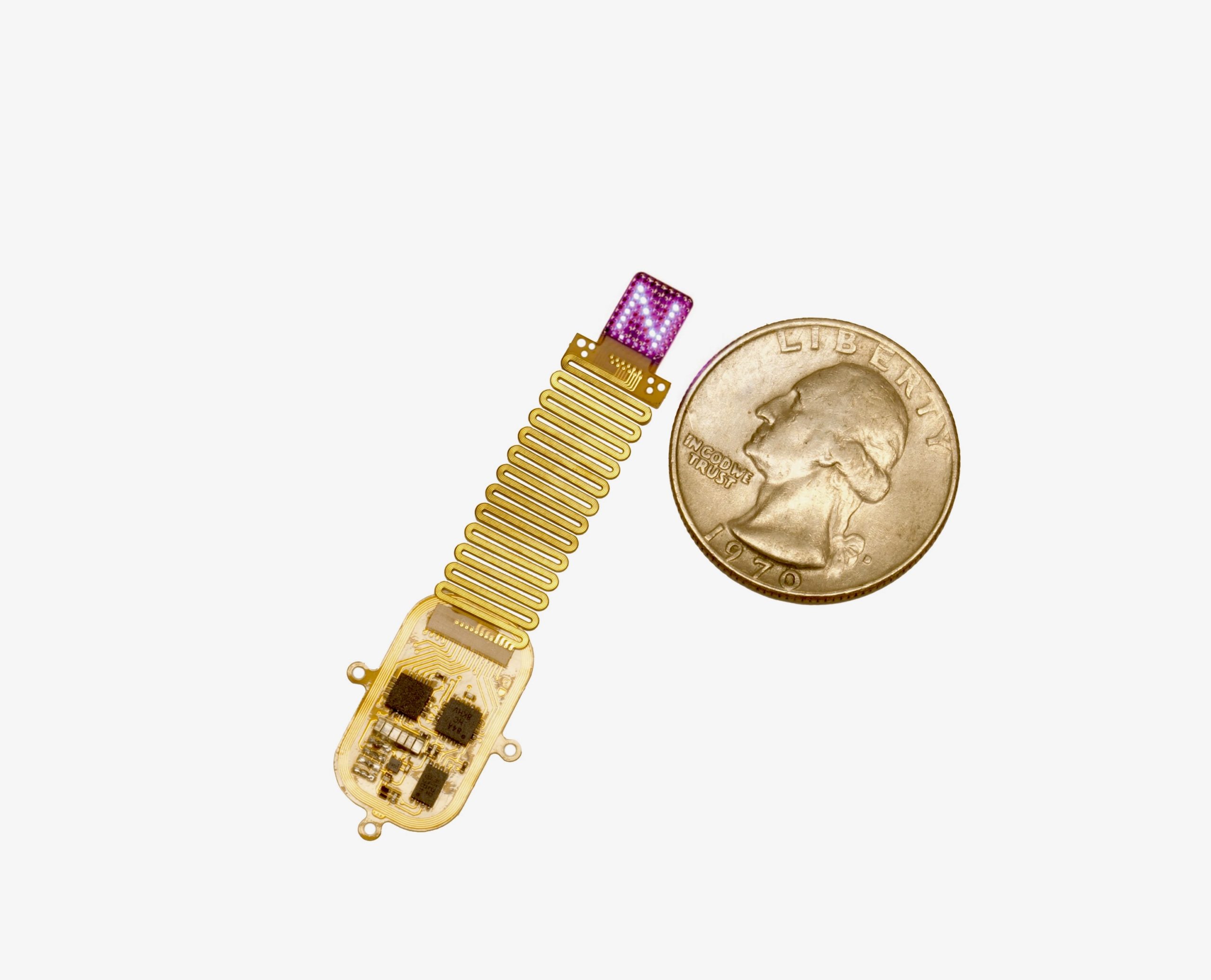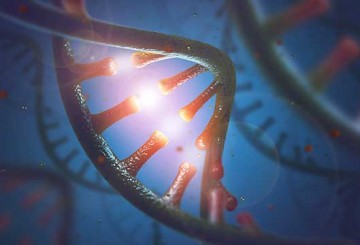A new study published in the Journal of Clinical Investigation has identified a key molecule that contributes to painful diabetic neuropathy, an incurable nerve disease that affects about one-quarter of all patients with diabetes.
Inhibiting the molecule, a chemokine receptor called CXCR4, reversed pain and nerve degeneration in laboratory models and may also provide relief to patients, according to Daniela Menichella, MD, PhD, assistant professor in the Ken and Ruth Davee Department of Neurology in the Division of Neuromuscular Diseases and senior author on the study.
“If we block CXCR4, we can reverse not only the pain, but also the pathological degeneration of the nerves in the skin, in particular of the axons of the cells carrying pain signals that are called nociceptors,” said Menichella, who is also an assistant professor of Pharmacology.

Painful diabetic neuropathy (PDN) is caused by hyper-excitable nociceptors, and patients suffer severe pain while nerves in the skin degenerate. Current therapies include medications for pain relief but no treatments actually address the underlying cause of the disease — leaving the nearly 7 million Americans suffering from PDN with few options.
“We don’t know much about the molecular mechanisms underlying either the pain or the axonal degeneration or if they are linked,” Menichella said. “Our goal is to find a therapeutic target, something mechanism-based that doesn’t just cover up the pain but also restores the health of the nerves.”
Previous studies have shown that inflammation, commonly associated with diabetes, can trigger hyper-excitability of nociceptor neurons, and a particular class of protein messenger molecules called chemokines are associated with both inflammation and excitability.

“We think that the calcium is actually the culprit,” Menichella said. “We think that the patient’s inflammation increases chemokine signaling, and this ultimately increases both excitability and the concentration of calcium, which has a toxic effect on the nociceptors.”
Interrupting this disease pathway by inhibiting CXCR4-mediated hyper-excitability may lead to the first ever disease-modifying therapy for PDN, according to Menichella. Importantly, this novel therapeutic pathway is a prime candidate for topical medication, as the nerves are only skin-deep.
“These small-fiber nerves go right up to the skin, so you could block the chemokine-mediated excitability with a cream, for example,” Menichella said. “This should limit the side effects when compared to an oral medication.”
The potential for a direct translational application is a leading reason why Menichella undertook this project in the first place, she said.
“I see patients with PDN every week when they come to the Peripheral Neuropathy clinic in the Department of Neurology at Northwestern University and they have terrible pain,” Menichella said. “The ultimate goal is being able to provide new therapies that will bring long-lasting relief to these patients.”
Nirupa Doris Jayaraj, research associate in the Department of Neurology and Abdelhak Belmadani, PhD, research assistant professor of Pharmacology, were joint first authors of the study, and Richard Miller, PhD, the Alfred Newton Richards Professor of Pharmacology was a co-author of the study.
This work was supported by National Institutes of Health grants K08 NS079482-01667, 5R01DA013141-14 and 668 1R01AR064251-01.






